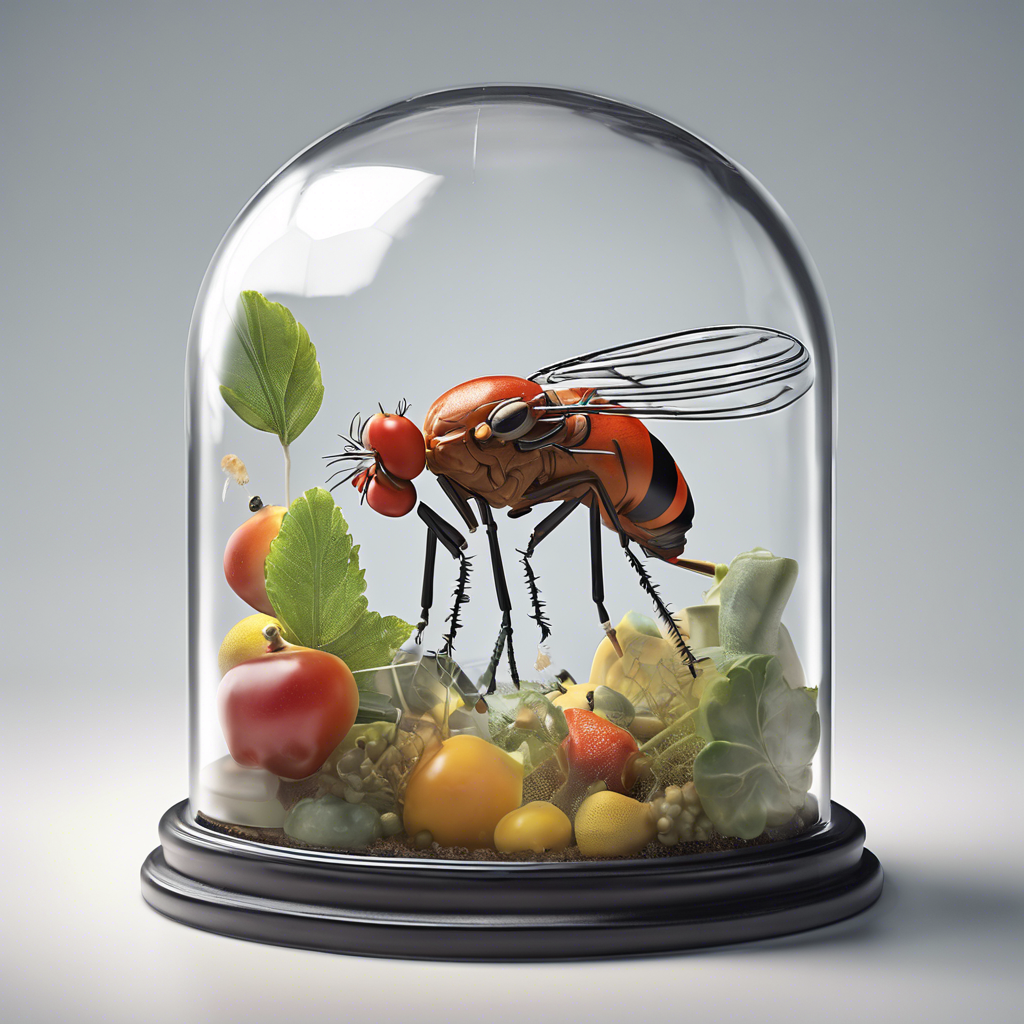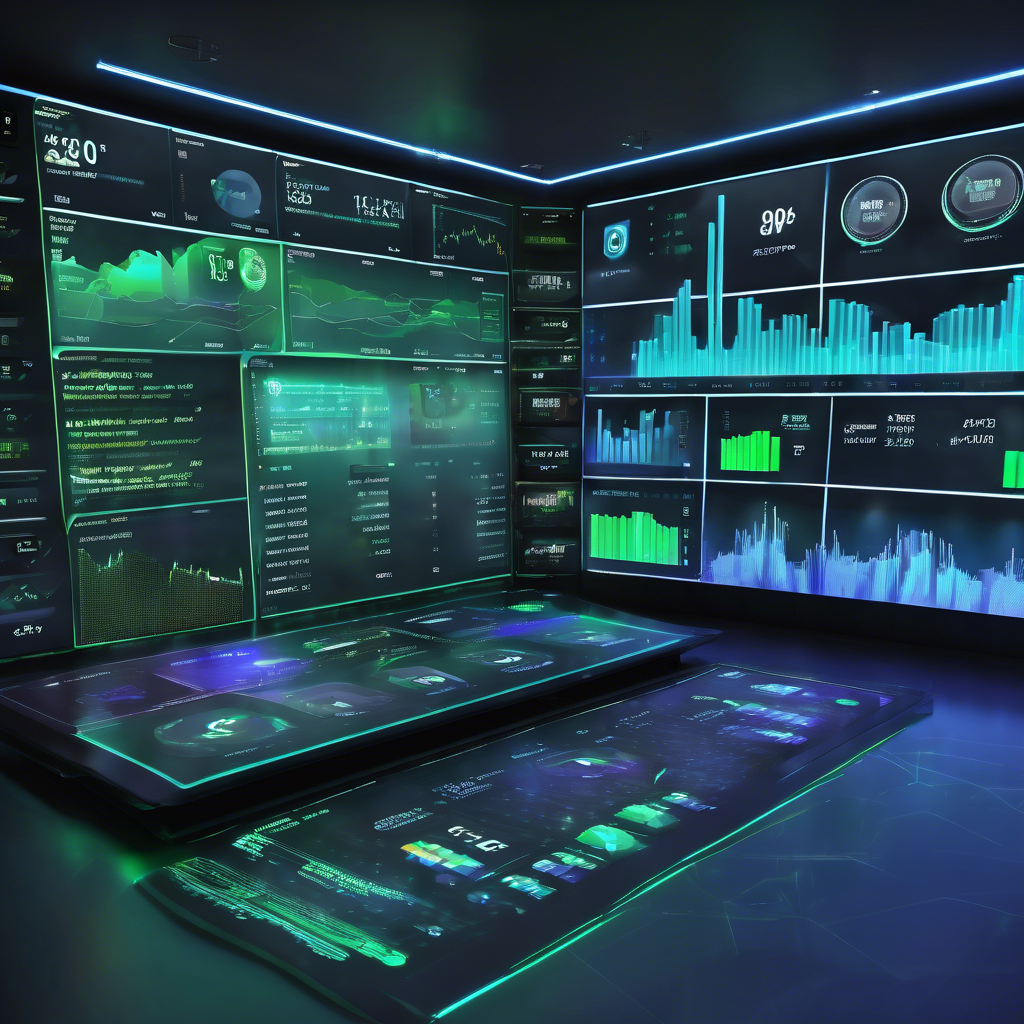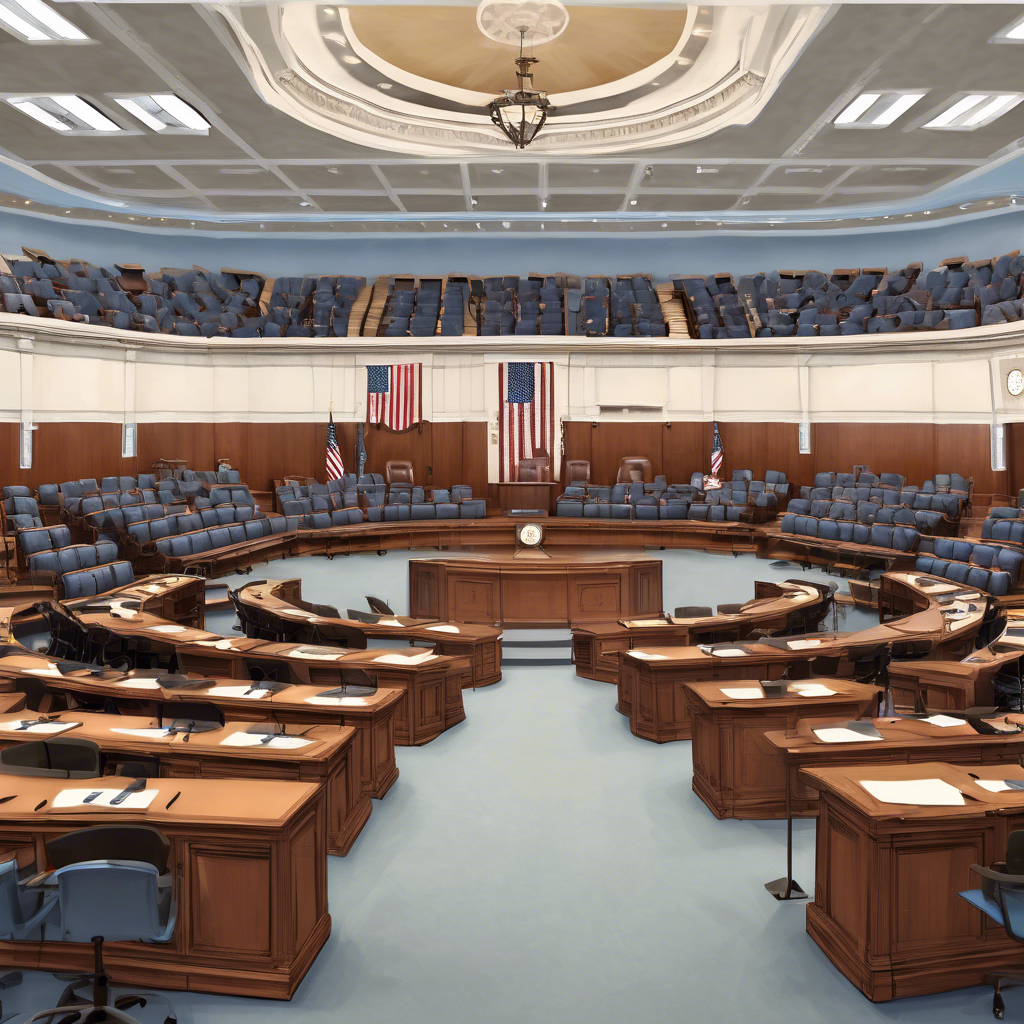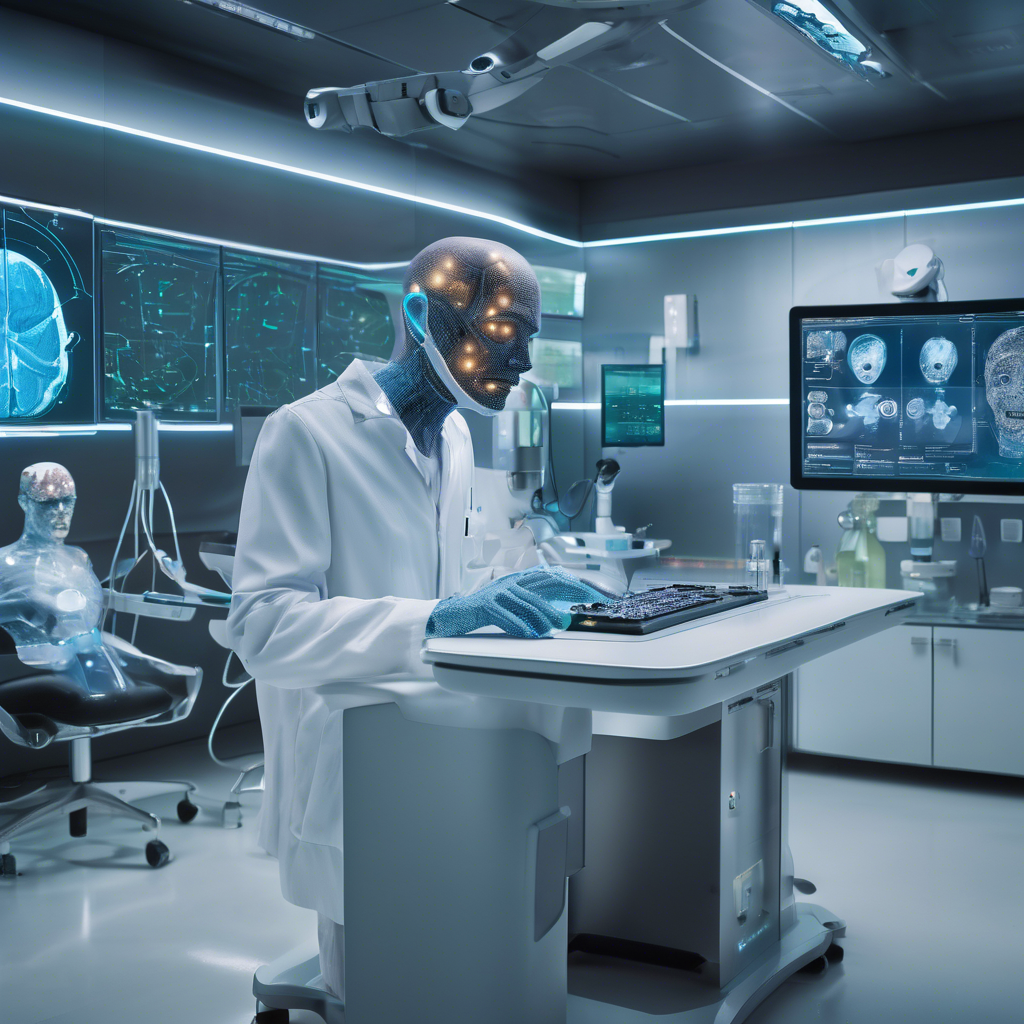Virtual Brain Network Predicts Neuron Behavior in Fruit Flies

Researchers have developed a virtual brain network that can predict the behavior of individual neurons in a living brain, specifically focusing on the visual system of fruit flies. This model allows scientists to quickly test hypotheses on a computer, saving time before conducting lengthy experiments with live subjects. Srini Turaga, a leader at the Janelia Research Campus, highlights its potential for preliminary investigations, enabling researchers to formulate ideas without immediate measurements. Described in *Nature*, the study indicates that by mimicking the energy-efficient strategies of a fruit fly brain, power-hungry AI systems like ChatGPT could reduce their energy consumption. Fruit fly brains are small yet capable of completing complex tasks using only 100, 000 neurons, in comparison to AI systems that rely on hundreds of billions of transistors and have a significant power footprint. The model’s foundation lies in over a decade of research funded by the Howard Hughes Medical Institute (HHMI), which has mapped the entire neural network of the fruit fly.
The research team, including Turaga, Jakob Macke, and Janne Lappalainen, utilized these detailed maps to create a simulation of the brain circuits responsible for motion detection. The model began with virtual representations of 64 neuron types, which reacted to various motion video clips. An AI system was then employed to analyze neuron activity, leading to a model that successfully predicted neuron responses in both the simulated environment and actual fruit flies. Though the model's overview has just been published, it has been in use for over a year, with several researchers already applying it in their studies. Future iterations of the model aim to expand its application beyond the visual system and incorporate more complex tasks.
Brief news summary
Researchers at Janelia Research Campus, under Srini Turaga's leadership, have created a pioneering virtual brain network to predict neuron behavior in fruit flies' visual systems. This groundbreaking model minimizes the need for extensive live experiments by enabling hypothesis testing through simulations, thus enhancing the accuracy of research outcomes. The study indicates that AI technologies, including ChatGPT, could improve energy efficiency by mimicking the computational methods used by the roughly 100,000 neurons in fruit flies. The virtual network is the culmination of over ten years of neuron mapping, primarily supported by the Howard Hughes Medical Institute (HHMI). Turaga's team, which includes Jakob Macke and Janne Lappalainen, utilized the fruit fly's connectome to simulate neural circuits involved in motion detection. Their AI system effectively analyzed neuron responses to video input, accurately predicting reactions in both the model and live subjects. Although the research is focused on the visual system, it holds significant promise for advancing neuroscience and artificial intelligence, delivering crucial insights for both fields.
AI-powered Lead Generation in Social Media
and Search Engines
Let AI take control and automatically generate leads for you!

I'm your Content Manager, ready to handle your first test assignment
Learn how AI can help your business.
Let’s talk!

Blockchain Government Presents a $791.5 Billion M…
The global Blockchain Government market is rapidly expanding, valued at US$22.5 billion in 2024 and projected to soar to US$791.5 billion by 2030, with a robust Compound Annual Growth Rate (CAGR) of 81% from 2024 to 2030.

Man murdered in 2021 "speaks" at killer's sentenc…
In a pioneering move in U.S. courts, the family of Chris Pelkey, a man killed in a 2021 Arizona road rage incident, used artificial intelligence (AI) to create a video of him delivering a victim impact statement at his killer’s sentencing hearing.

I Tried to See How I'll Age Using AI. It Wasn't a…
There’s nothing more attractive than someone who embraces their age gracefully.

Crypto Market Roundup for May 5, 2025
On May 5, 2025, the global cryptocurrency market experienced a slight pullback, with the total market capitalization at $2.94 trillion, reflecting a 1.3% decrease over the past 24 hours.

OpenAI CEO Sam Altman and other US tech leaders t…
On May 8, 2025, the U.S. Senate held a significant hearing focused on the transformative potential and global competition surrounding artificial intelligence (AI).

Why Sei Wants to Cut Cosmos Compatibility, Go All…
A Sei Network developer proposed on Wednesday to deprecate the blockchain’s Cosmos support in an effort to eliminate “unnecessary” complexity for users.

Scientists use AI facial analysis to predict canc…
Scientists have created an innovative AI-driven tool called FaceAge that analyzes facial features to predict survival outcomes in cancer patients, frequently surpassing clinicians in accuracy.

 Auto-Filling SEO Website as a Gift
Auto-Filling SEO Website as a Gift








 Auto-Filling SEO Website as a Gift
Auto-Filling SEO Website as a Gift

